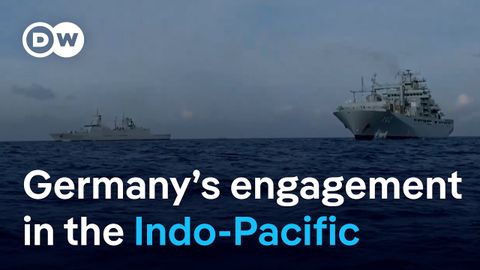德國正在增加其在印度洋-太平洋地區的軍事存在 | DW News (Germany is increasing its military presence in the Indo-Pacific region | DW News)
nao1000 發佈於 2024 年 10 月 05 日  沒有此條件下的單字
沒有此條件下的單字- v.t./i.棒;黏貼,張貼;堅持;伸出;忍受
- n. (c.)棍棒,棍枝,枝條
US /ɪˈsɛnʃəl/
・
UK /ɪ'senʃl/
US /ruˈtin/
・
UK /ru:ˈti:n/
- adj.例行 ; 公事 ; 日常工作;例行的;常規的;一成不變的
- n. (c./u.)例程;例行公事;日常工作;乏味;常規
- v.i.是重要的
- n. (u.)物質
- n.件事情;問題;原因
